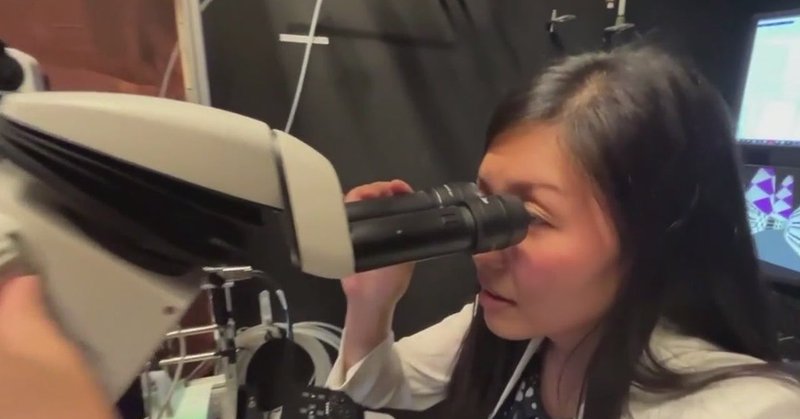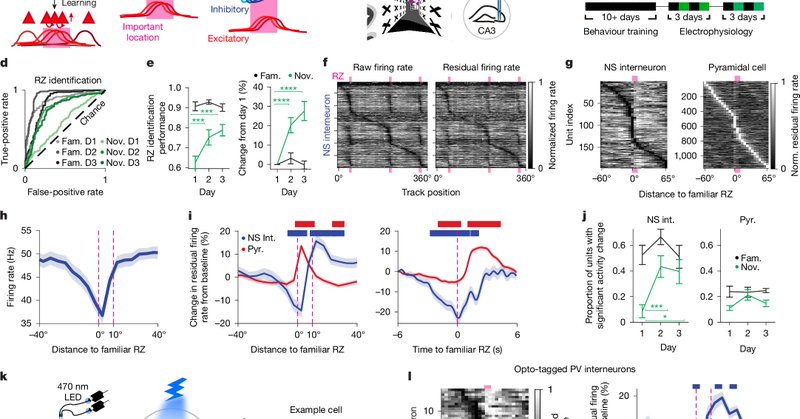
Annabelle Singer
@DrACSinger
Followers
633
Following
951
Media
98
Statuses
735
Neuroscientist & Neuroengineer at Georgia Tech and Emory. Learning, memory, and memory impairment in disease, oh my. Views may be mine, may be borrowed.
Joined September 2020
RT @SfNtweets: Help spotlight the innovative research, exceptional mentorship, or outstanding education initiatives of a colleague, mentor,….
0
1
0
Our research, funded by the @NIH, was featured on FOX 5! Thanks to interviewer Kevyn Stewart for sharing how Nuri Jeong's grandmother inspired her research, recently published in @Nature. Get a glimpse into the lab here:
fox5atlanta.com
Researchers at Georgia Tech have uncovered findings with implications for understanding memory and learning, which could lead to restoring memory in Alzheimer's patients.
3
5
30
RT @gt_neuro: Our next #InterfaceNeuroGT session highlighted cutting-edge techniques for measuring and manipulating sensorimotor and cognit….
0
3
0
Check out our paper out today in PNAS: “40 Hz sensory stimulation enhances CA3-CA1 coordination and prospective coding during navigation in a mouse model of Alzheimer’s disease”. Led by Abigail Paulson with Lu Zhang and @AshleyMPrichard
1
0
1
The paper in Nature Magazine is here: This work was a team effort with heavy lifts by Abigail Paulson and Stephanie Prince.
lnkd.in
This link will take you to a page that’s not on LinkedIn
0
0
0
Get the back story behind Nuri Jeong and Xiao Zheng's recent paper in @Nature, here:
bme.gatech.edu
Inspired by Georgia Tech researchers' personal experiences with Alzheimer's, a recent study published in @Nature shows how inhibition isn't just about stopping activity but precisely timing it to enhance learning.
1
0
2
This paper is a testament to Nuri’s perseverance and all the great advice she got along the way including from @GStanleyNeuro, Sam Sober, Joe Manns, @vulcnethologist, and more.
1
0
0






